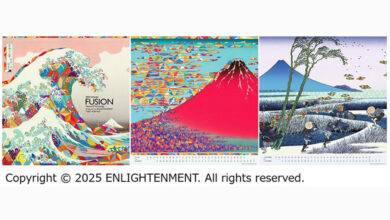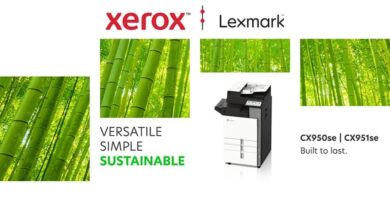
Counterfeiting is a global problem that impacts brand reputation and carries potential risks to consumer safety. The threat to businesses and their customers, and the need to enhance the security measures that protect branded goods, has continued to drive the anti-counterfeiting, branded protection, and security packaging market.
‘The Future of Anti-Counterfeiting, Brand Protection and Security Packaging to 2030’ – a new comprehensive market report from US-based research firm Smithers, tracks how this market will expand across the next five years, at a compound annual growth rate (CAGR) of 4.7%, to reach $5 billion in 2030 (at constant 2024 pricing).
According to the latest Smither’s market study in 2025, the total global value for tracking, tamper-evidence, and product authentication will reach $4 billion. Demand is rising in response to changing retail patterns with increasingly sophisticated counterfeiting operations.
Anti-counterfeiting and brand protection in packaging is based around four main concepts. Track-and-trace technologies have the largest share of the market (44.6% of global value in 2025); followed by tamper-evident (30.4%); product authentication (23.0%); and anti-theft (2%).
The strongest expansion in the market over the next five years will come from track-and-trace technologies. Leveraging advances in RFID chips, smart devices, artificial intelligence, and blockchain software, it will grow at a CAGR of 8.2%, raising its market share to 52.6% in 2030.
Cases of food fraud have risen tenfold in the past four years, threatening consumer safety and trust in businesses involved in production, distribution, and retail. This helps make food the largest end-use segment in the anti-counterfeiting market in 2025, with 37% of the global value.
Industrial goods are the second largest product group, with over 26% of global value in 2025. Use of security packaging technologies is heavily biased towards higher-value and safety-critical components, including electrical and electronic equipment, and automotive and aviation parts.
Other consumer packaged goods account for 14% of the market. In this sector, certain luxury brand owners are now linking security features to online digital product passports (DPPs) for individual products, adding a further level of protection and reassurance for customers.
Pharmaceuticals represent 6% of the market. The sector makes extensive use of tamper-evidence closures and traceability codes, which are increasingly becoming mandatory in supply chains. Security solutions for pharma packaging are consequently forecast to have the fastest growth across the remainder of the decade.
As it evolves, the brand protection packaging market will face other challenges. These include how to interface with the latest digital technologies in supply chains, and how to incorporate sustainable security packaging fixtures that enhance recyclability.





